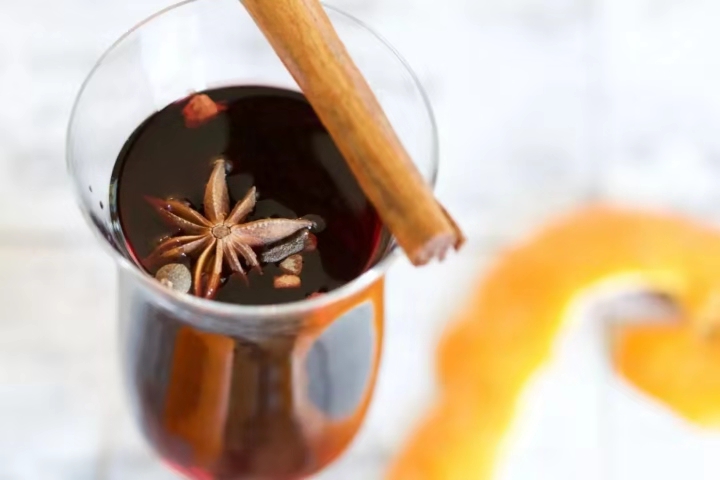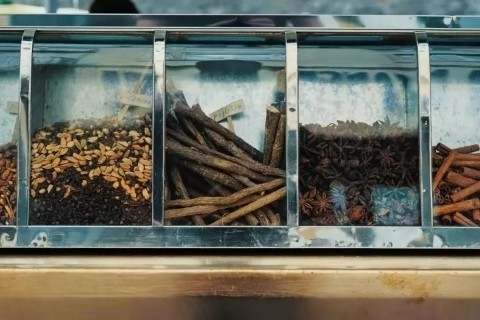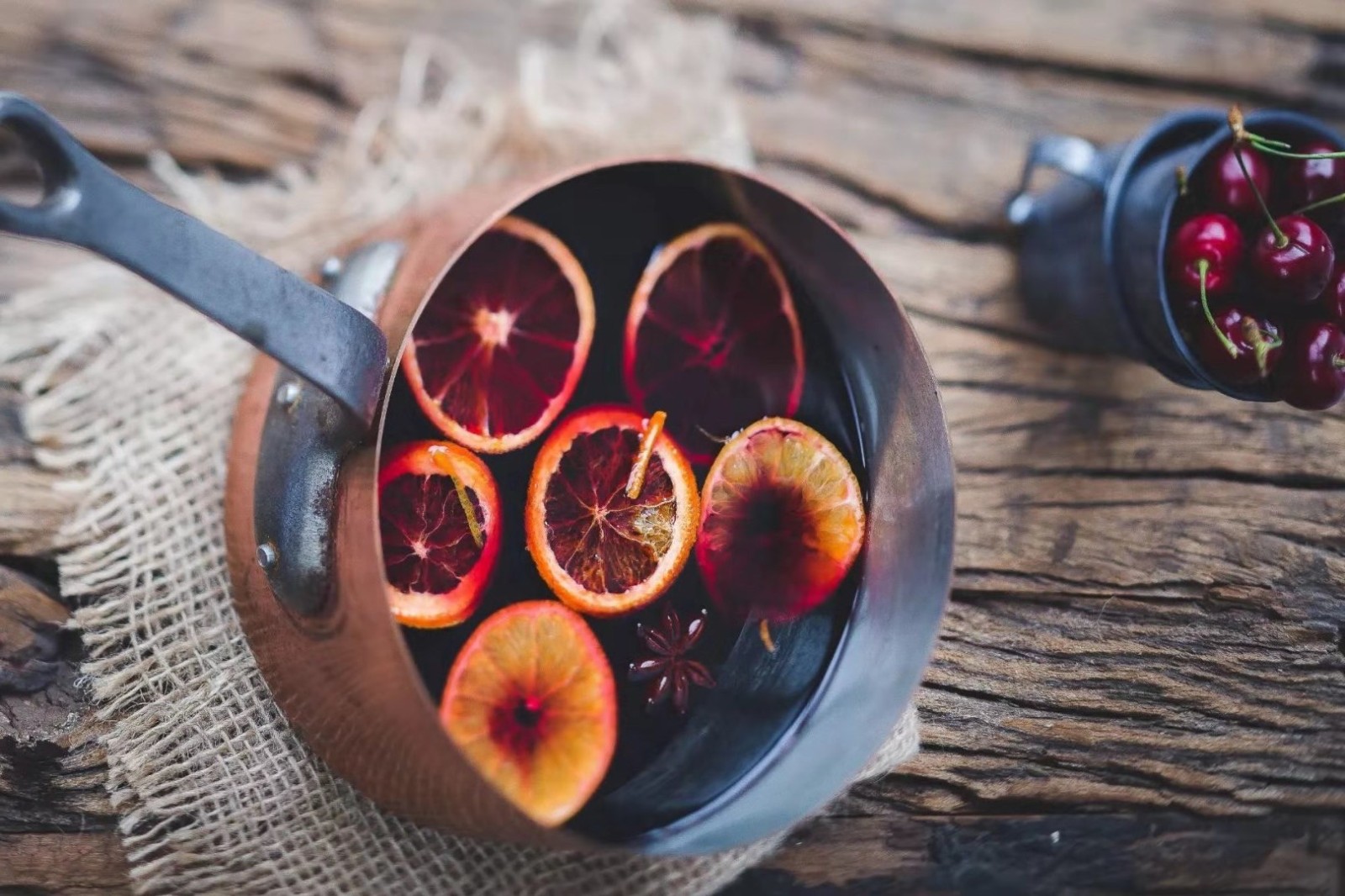
For some of you the Christmas celebrations will already have begun and we all know what that means... Christmas movies on the sofa and (for us adults) lots and lots of mulled wine.
Where does mulled wine originally come from?
Mulled wine has been around for centuries. Arguably, mulled wine was first discovered in the 200 AD by the Roman Empire who would drink hot wine to protect their bodies against the cold of winter. As the Roman Empire grew and spread to other countries so did their habits and tastes including the practice of drinking hot wine. The Europeans, however, added herbs, flowers, and spices to create a medicinal drink for illnesses and also to make bitter wines taste more palatable. But it wasn’t until the year 1890 that mulled wine, or glögg as it was then known, became associated with Christmas. Since then, many countries throughout the world have created their own recipes and as such it remains popular even to this day! Its sweet and spicy flavours provide the ultimate comfort against the bitter cold of winter.
So, why not try to make a batch of it at home to share with friends and family with our easy to follow recipe below:


Ingredients
2 bottles (1.5 litres) red wine
50-100g sugar (superfine, granulated, or raw) depending on required taste
1 orange
1 lemon
12 whole cloves
3 inch (7.6 cm) piece of cinnamon stick
2 inch (5.1 cm) piece of ginger, peeled and cut in half
3 tbsp (45ml) brandy/whisky (optional)
Other common spice options include star anise, nutmeg, mace, allspice, cardamom, vanilla bean, and whole black peppercorns. Get experimenting and send us your feedback in the comments section.
Method
(Serves: 6-8; 15 minutes to prepare, 20 to 60 minutes to cook)
Step 1: Toast your spices
Toast your dry spices in a dry pan over medium heat until they brown lightly and release fragrance, or for one or two minutes. This is an optional step but through practice I have found this to work best and to reducing flavour-infusing time. Be careful and do not toast wet ingredients such as citrus or raw ginger.
Step 2: Put the spices in a nonreactive pan
When cooking with wine or other acidic ingredients it's best to use less reactive options such as stainless steel, anodised aluminium, or non-stick materials.
Step 3: Add the citrus fruit
Slice the orange and lemon into eights or quarters and then add them to the spices. Peel your ginger, then roughly slice and add to your mixture.
Alternatively slice your oranges into quarters and pierce cloves into them to add depth of flavour. Another great option is to add a handle of dried fruit for example raisins or cranberries.
Step 4: Pour in two bottles of wine
Don't worry about it being an expensive bottle as mulling it will cover up the original flavour of the wine anyway! Any (fairly) cheap dry red wine should work; try either a Cabernet Sauvignon, Bordeaux, or Pinot Noir.
Step 5: Add the sugar
Depending on how sweet you like your mulled wine, 50 - 100g of sugar should be sufficient. Remember you can always add more once mulled if you find your wine isn't quite sweet enough
Step 6: Simmer until the sugar dissolves
Heat the pan over a low heat for about ten minutes, stirring occasionally until all the sugar has dissolved in the wine.
Step 6: Reduce to a low simmer
At this point your wine will still need more time to infuse, so now keep it on low heat for the rest of the process. (If your heat is too high it will scorch it and ruin the flavour)
Step 7: Infuse and add brandy/whisky
Let your wine infuse for another 10 to 45 minutes (don't simmer for longer than an hour) and then taste to check whether the flavours have infused. If the wine tastes harsh or too weak then continue to simmer until it mellows out and takes on the flavours of the orange, lemon, ginger and spices. Do not simmer for more than one hour total. Your wine will typically lose about 40% of its alcohol in half an hour of simmering so if you want give it a renewed kick add a few splashes of either brandy or whisky.
Step 8: Serve warm
Depending on preference you can either use a sieve to remove spices and fruit and serve in a clear glass, or for a more rustic look include the fruits and spices in your pour and serve in a mug!

Got a good Christmas recipe you want to share? Get in contact with the team at editor@shfamily.com.
ENJOY!